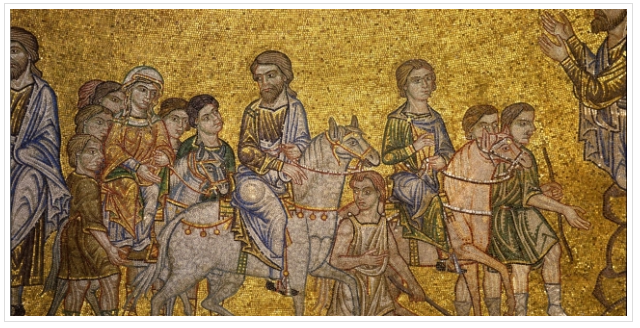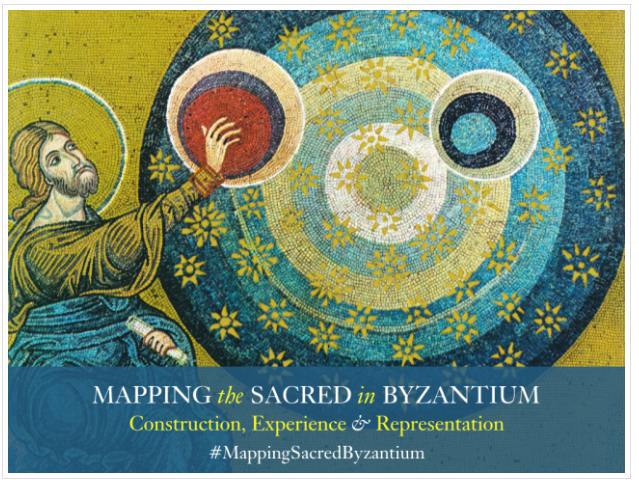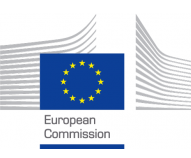Blog
The interesting story of a late-Byzantine manuscript
Medieval manuscripts were valuable possessions which often changed hands, sometimes under peculiar circumstances. As such, they tell infinitely more complex and fascinating stories of readership and circulation than modern books do. As one popular catchphrase—which originates in the dactylic hexameter verse at the end of Terentianus Maurus’s grammatical treatise De litteris, syllabis et metris—holds, the fates of books depend on their readers. However, the story of one particular fourteenth-century manuscript, by the shelfmark of Marcianus graecus 582, illustrates well how the fates of books depend on their owners as well.
This codex is arguably the most important witness of the hagiographic works composed by the fourteenth-century Constantinopolitan Patriarch Philotheos Kokkinos (ca. 1300–1378), which lay at the core of the MSCA-funded research project Sacred Landscapes in Late Byzantium (SLLB) undertaken by Dr Mihail Mitrea in the School of History, Classics and Archaeology at Newcastle University. This project includes the preparation of critical editions for two hitherto unedited hagiographic texts written by Kokkinos, the Logos on All Saints (BHG 1617g) and the Logos enkomiastikos on the Twelve Apostles (BHG 160h), both of which are transmitted in Marcianus graecus 582. The first text (ca. 14k words) has survived in 10 Greek manuscripts, while the second (ca. 20k words) is extant only in two codices. The following will 1) offer a concise description of Marcianus graecus 582, highlighting Kokkinos’s active involvement in the process of publishing his writings, and 2) briefly present the circumstances of its transfer from Constantinople to Venice.
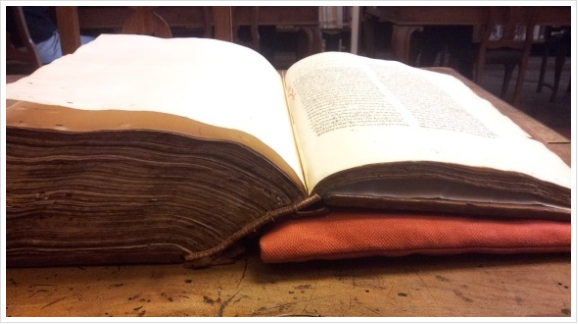
This voluminous paper codex was copied in the third quarter of the fourteenth-century in Constantinople by a team of scribes from Philotheos Kokkinos’s entourage, including the prolific copyist παπᾶς Malachias (alias anonymous aristotelicus). It measures 298 x 220 mm, consists of 422 folios, and has a mise en page that features two columns with 31 lines of text. The manuscript carries nine of Kokkinos’s hagiographic works: three vitae of contemporary figures (Sabas the Younger, Germanos Maroules, Isidore Boucheir), and six compositions for saints who lived in earlier centuries (All Saints, Febronia, Anysia of Thessaloniki, Phokas, Onouphrios, the Holy Apostles). Throughout Marcianus graecus 582 there are numerous autograph interventions by Kokkinos which indicate his close collaboration with Malachias and other scribes for the publication of his own works. For instance, he reviewed them and added headings in red ink, made corrections in rasura, changed the word order, added missing text, and wrote short marginal notes. A selection of Kokkinos’s autograph ‘retouches’ is presented in the image below.
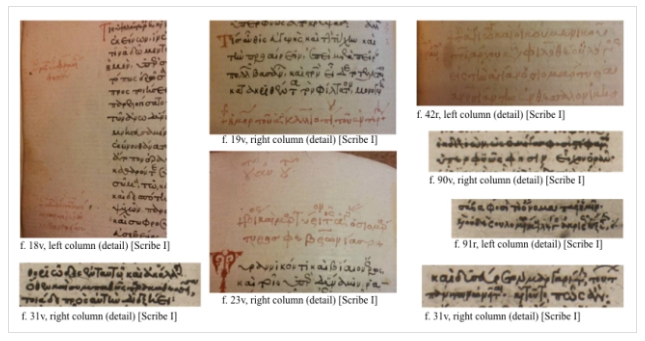
Interesting insights into the history of Marcianus graecus 582, especially the context of its transfer to Venice, can be gathered from Venetian archival holdings (Consiglio dei Dieci, Parti comuni, no. 354, November–January 1624; cf. Marcello Finazzi, La donazione, 1976). The peculiar story begins in seventeenth-century Venice, where a manuscript collection made the object of a rather unusual exchange. Its owner, a Venetian book collector named Giacomo Gallicio, boasted to having acquired in Constantinople “with a considerable amount of money and with the risk of my life, some ancient books, written in Greek by the hand of saints and scholars, which were held in high esteem in that Patriarchate.” According to him, he received numerous proposals to sell this collection for a profit, but declined in hopes of a more important and profitable prospect. However, when such a prospect presented itself, it did not come in the common guise of a lucrative monetary exchange. Instead, Gallicio used his manuscripts as currency in exchange for someone’s freedom.
A certain Bernadino Vespa had been imprisoned for having inflicted a serious head injury upon a man called Pierro Ruberti, in the latter’s house in Venice. Following a complaint from the victim, Vespa was sentenced to a couple of years in prison and fined a hefty sum. Although the ties between Gallicio and Vespa are unknown and remain a subject for further investigation, on August 23, 1364, the book collector submitted a supplication to the Venetian Consiglio dei dieci for the release of Vespa. In exchange, he was willing to bequeath twenty two codices to the “Public Library” of Venice. At the request of the so-called Riformatori dello Studio di Padova, a list of Gallicio’s manuscripts was consulted by Giovanni Sozomeno, curator of the “Public Library.” Following his positive assessment, the exchange went through: Gallicio’s codices entered into the possession of the Library on March 13, 1625, and Vespa was released from prison in December of the same year. As indicated by an entry list compiled by Sozomeno upon receiving the manuscripts, these ranged from the tenth to the fifteenth century, and included three codices transmitting John Chrysostom’s homilies (Marciani graeci 563, 567, 568), as well as the well-known early tenth-century illuminated manuscript with commentaries on the Book of Job (Marcianus graecus 538). The list also included in the twelfth position the item Philothei Patriarchae homiliae, nowadays referred to by the shelfmark Marcianus graecus 582, which Gallicio acquired in Constantinople most likely in the early seventeenth century.
Holiness on the Move: Travelling Saints in Byzantium – highlights video
This video presents highlights from the international workshop “Holiness on the Move: Travelling Saints in Byzantium” organised by Dr Mihail Mitrea in the School of History, Classics and Archaeology at Newcastle University on February 22, 2019. This workshop brought together researchers in the field of Byzantine literature, and especially hagiography, in order to explore travel and monastic mobility in Byzantium in connection to Byzantine ideals of sainthood, as reflected in hagiographic compositions. The event was organised in the framework of the MSCA-funded research project “Sacred Landscapes in Late Byzantium” (agreement no. 752292). For more details, please visit the event webpage.
